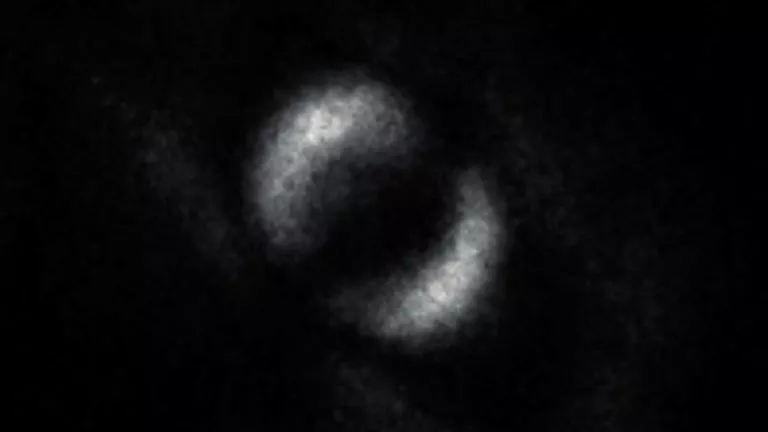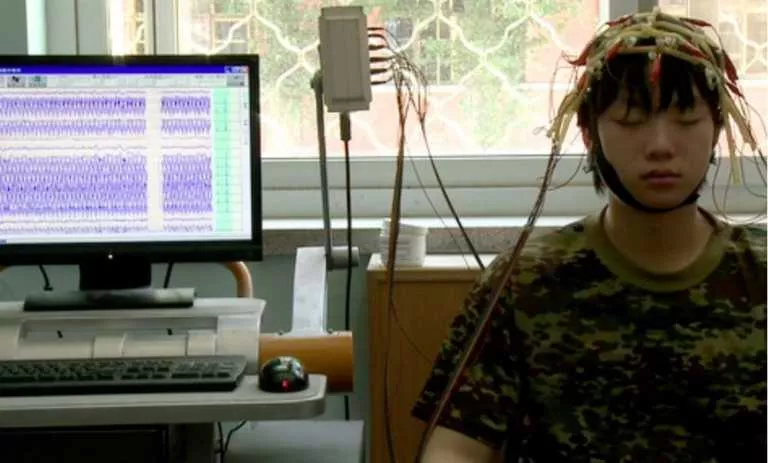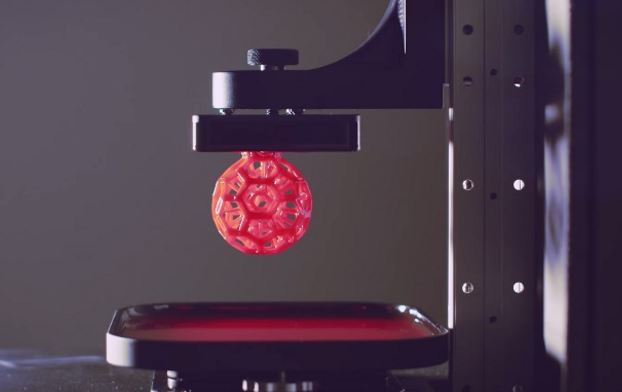World’s First Head Transplant Is Happening, Just 8 Months Left

Short Bytes: An Italy-based doctor named Sergio Canavero made claims about a head transplant in 2015. Now, reports suggest that he would be performing the surgery on a volunteer named Valery Spiridonov in the month of December. The surgery would be done at an estimated cost of $20 million by a team of 150 people.
If you’re not a GOT fan, cutting off one’s head would definitely give you cold sweat. But Dr. Sergio Canavero literally wants to remove head from a body and attached to another body.It was in 2015 when Canavero, based on his research on animals, made claims about the possibility of the world’s first head transplant. A Russia-based programmer Valery Spiridonov affected with a muscular atrophy came forward as a volunteer for the head transplant.
Also Read: Elon Musk Launches New Startup Neuralink To Connect Human Brains With Computers
Various experts around the world have question Canavero’s claims, stating his research doesn’t confirm the effectiveness on the human body. And, it is unethical to do so.
Earlier, the head transplant thing was tagged as a hoax, in fact, a publicity stunt for a game development company Konami. However, Canavero denied any tied between him and the company.
In the past, Canavero partnered with Dr. Xiaoping Ren from Harbin Medical University, China, and was able to perform a head transplant operation on a monkey. The aim was to observed if the blood supply worked or not. The monkey survived the procedure but due to ethical reasons, he was only kept alive for 20 hours.
According to the latest reports, the world’s first head transplant is scheduled to happen in December 2017. With a team of 150 doctors, technicians, nurses, etc. put to work, the project would cost around $20 million.
The procedure includes cooling the head and cutting off the spinal chord with a high-precision diamond nanoblade which is expected to cost around $200,000. The head will be attached to the body of a brain dead human donor.
One important and challenging issue is the replication of the spinal chord’s thousands of neuron connections while attaching the head to the donor’s body. As New Scientist writes, these neurons are bunch together like a strand of spaghetti and would grow past each other if they don’t touch.
In a previous research paper, Canavero has described a spinal chord repair technique which was used on a dog with a spinal chord damaged severely. The dog was able to walk three weeks later. However, the research was considered inefficient to be tried on humans.
If you have something to add, drop your thoughts and feedback.
Also Read: Luna, The Most Human-like AI, Wants To Become Superintelligent In Future






